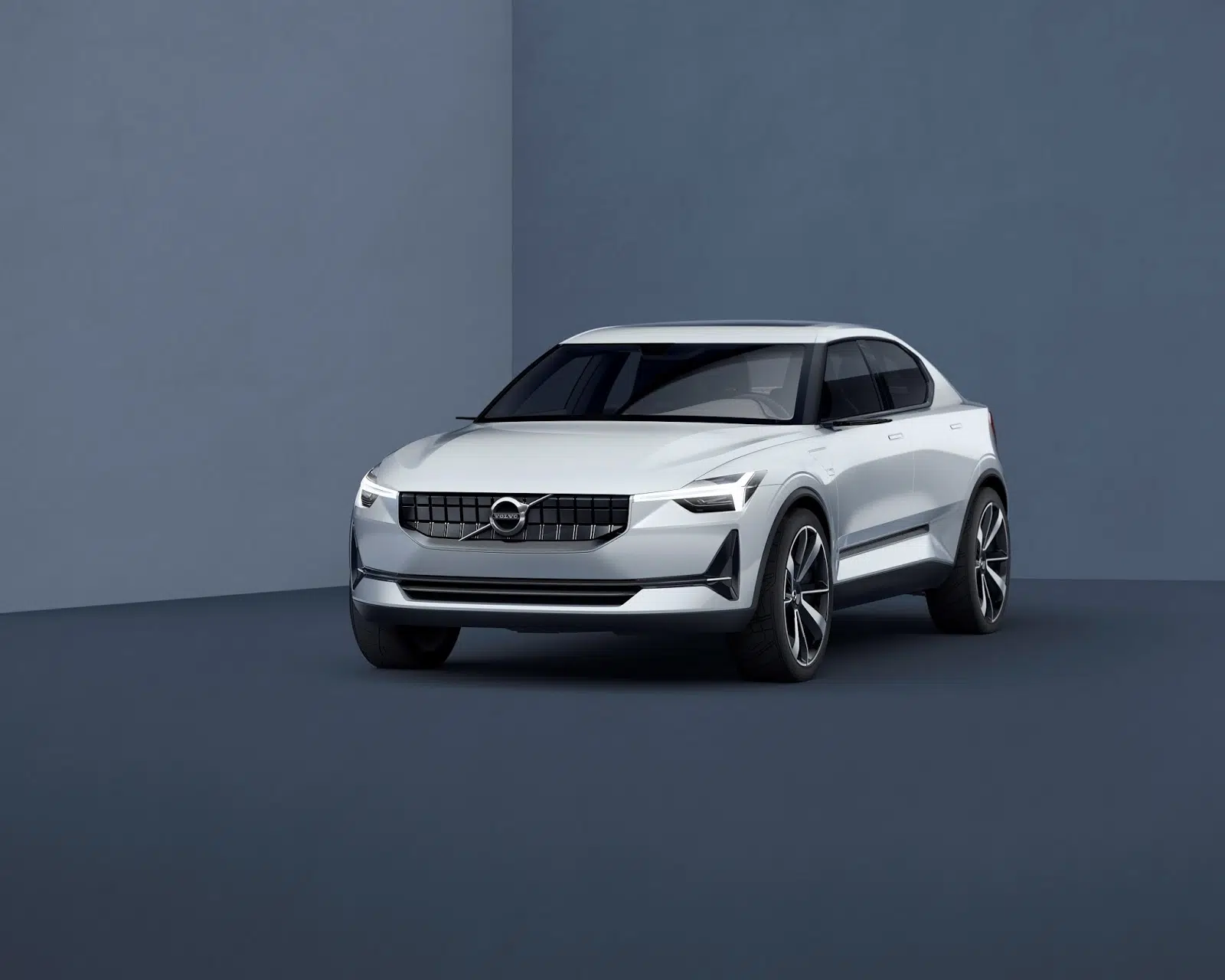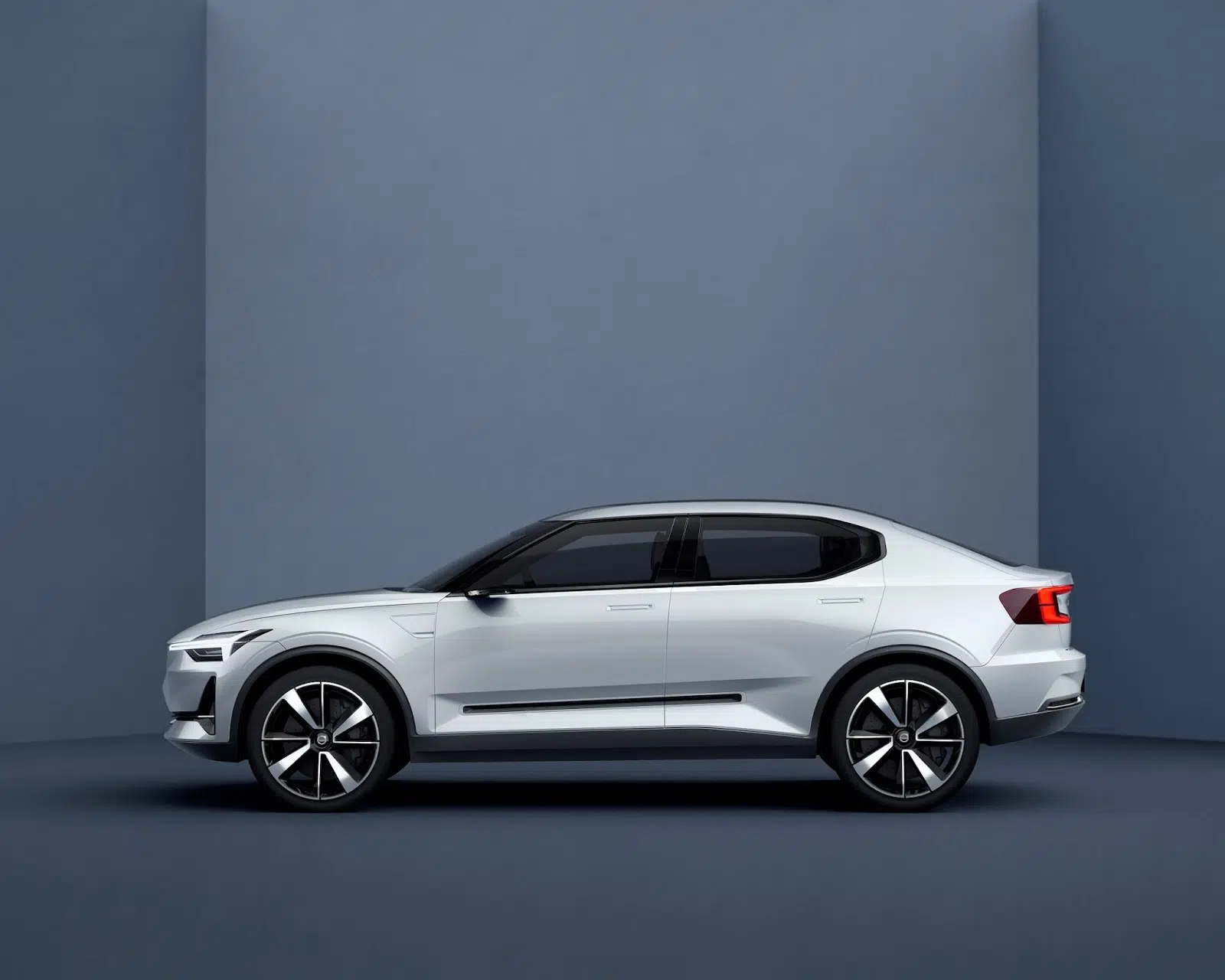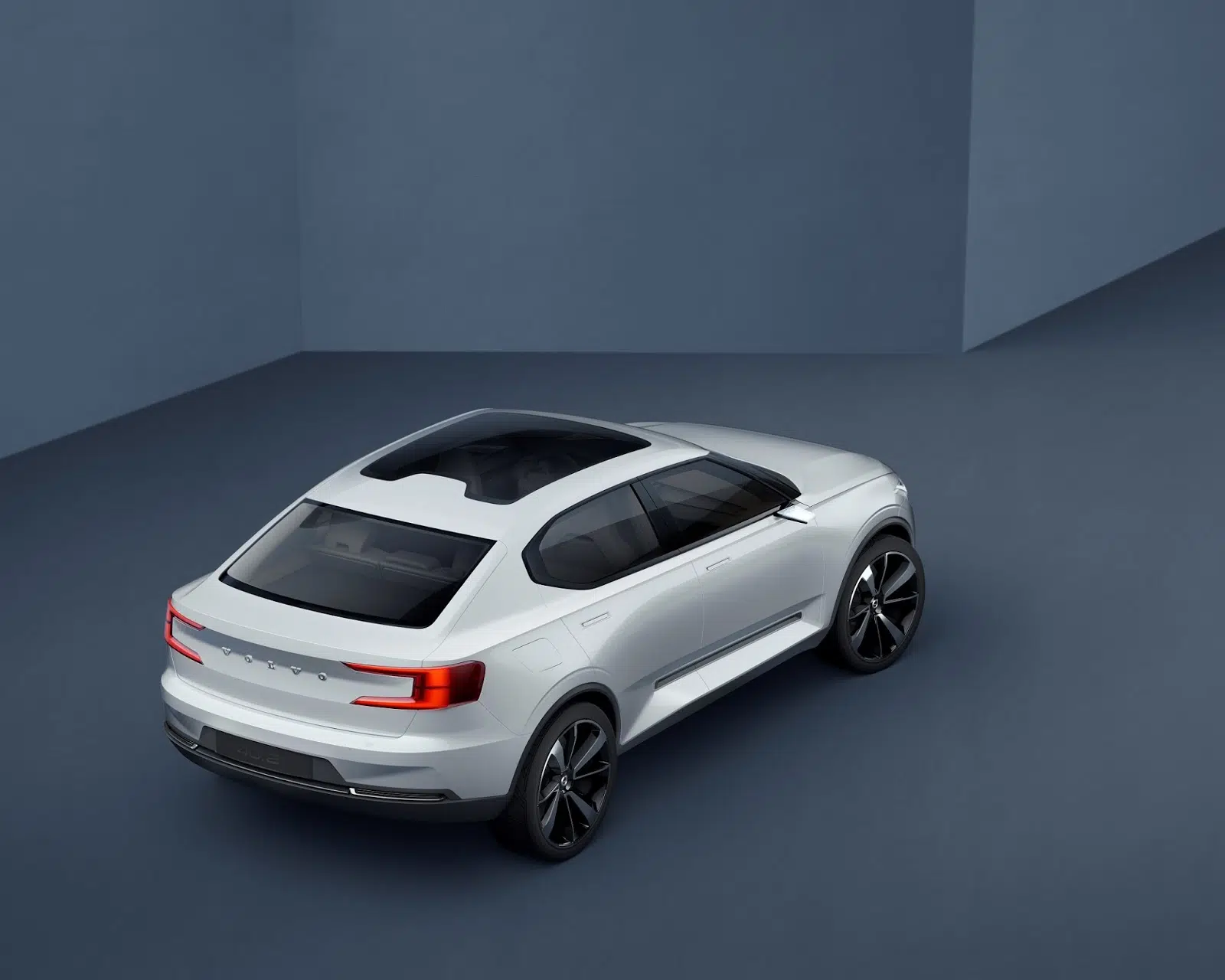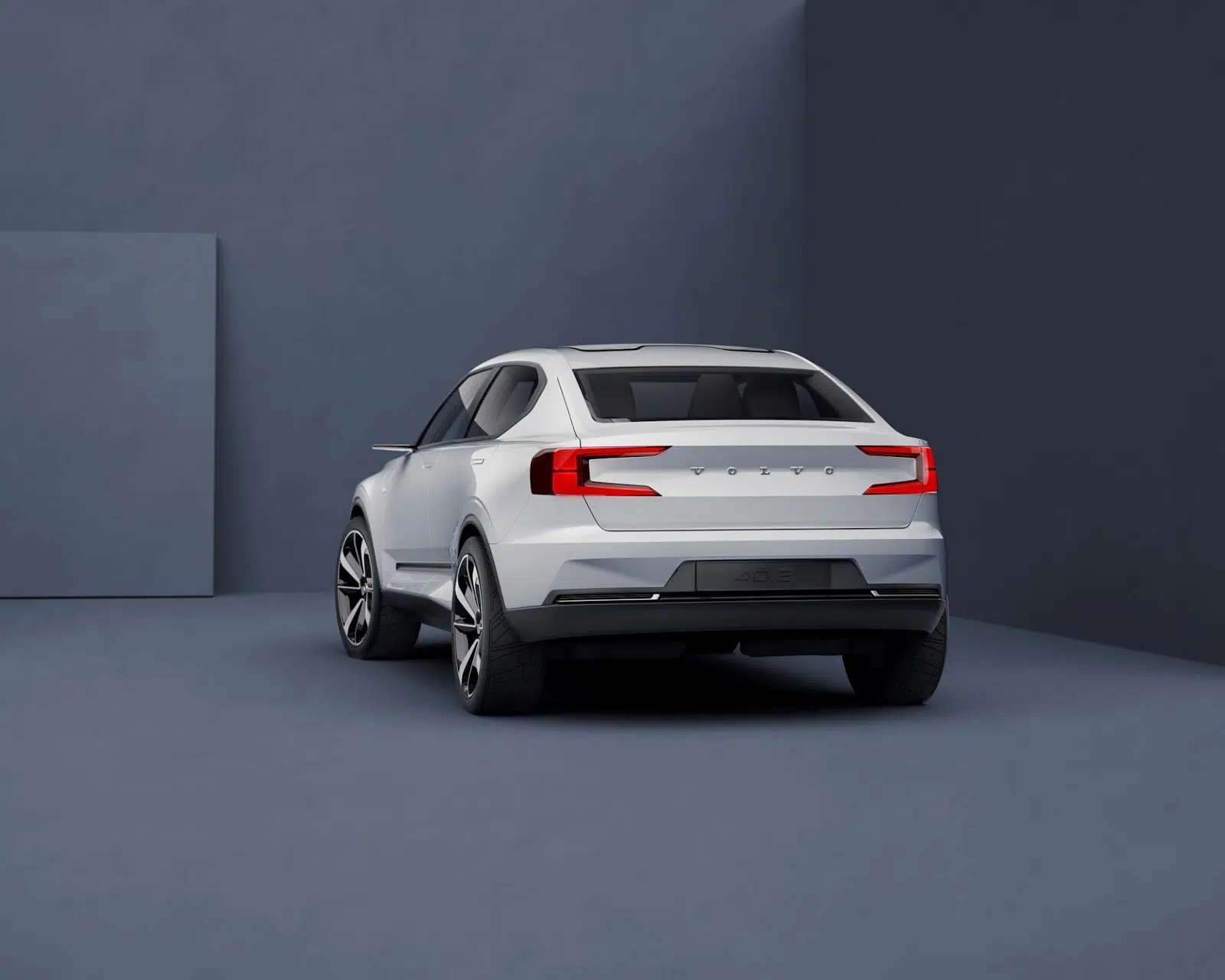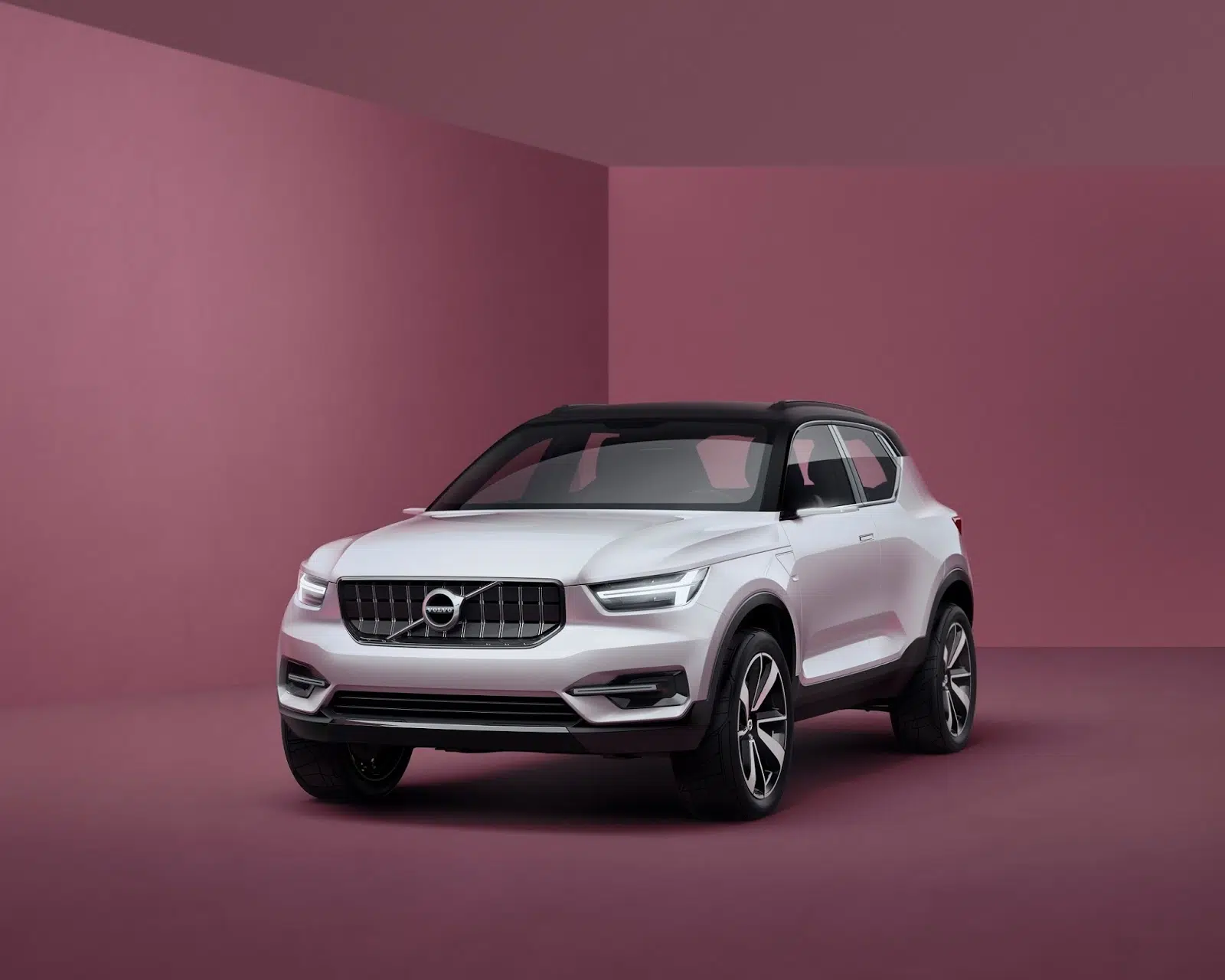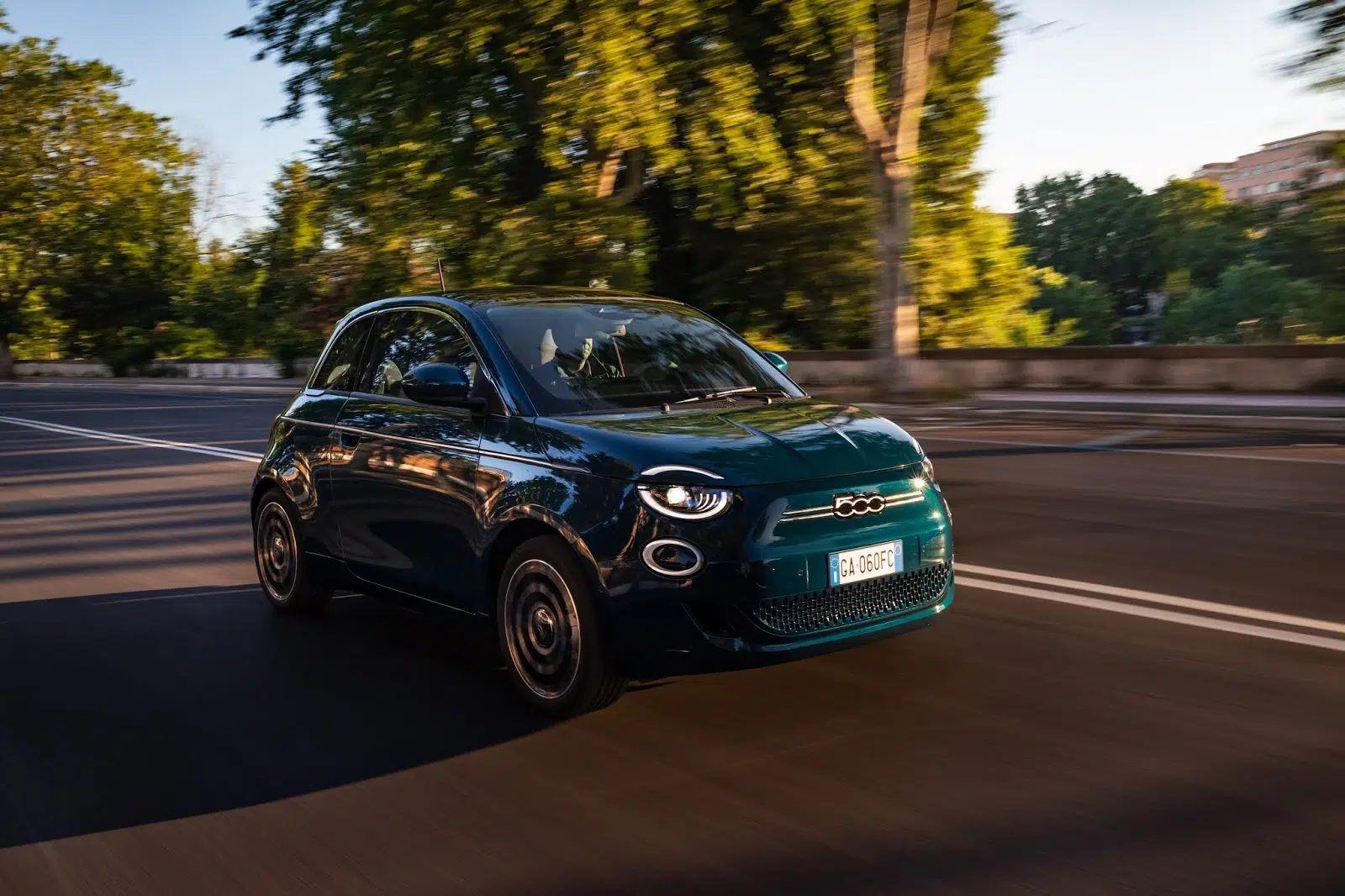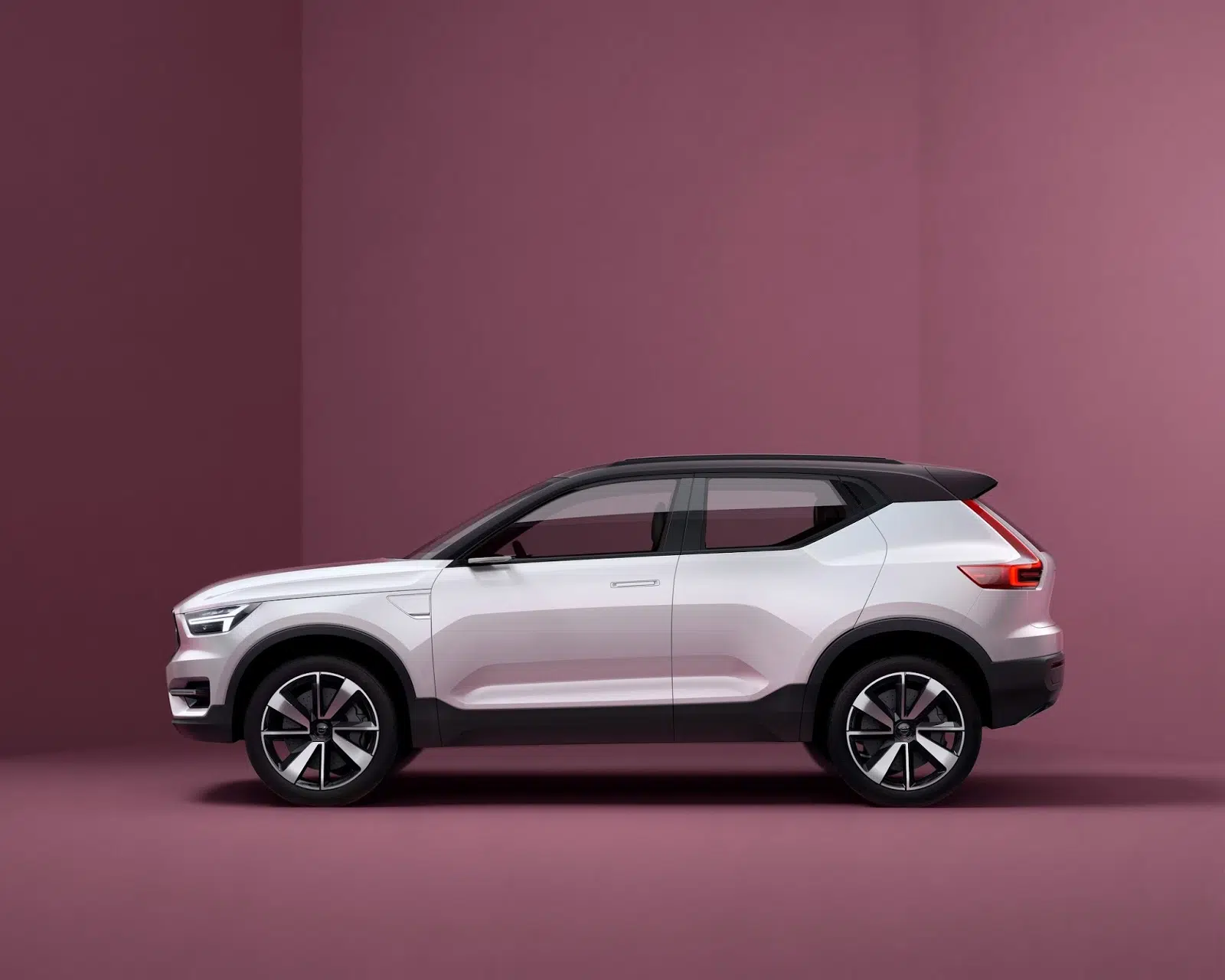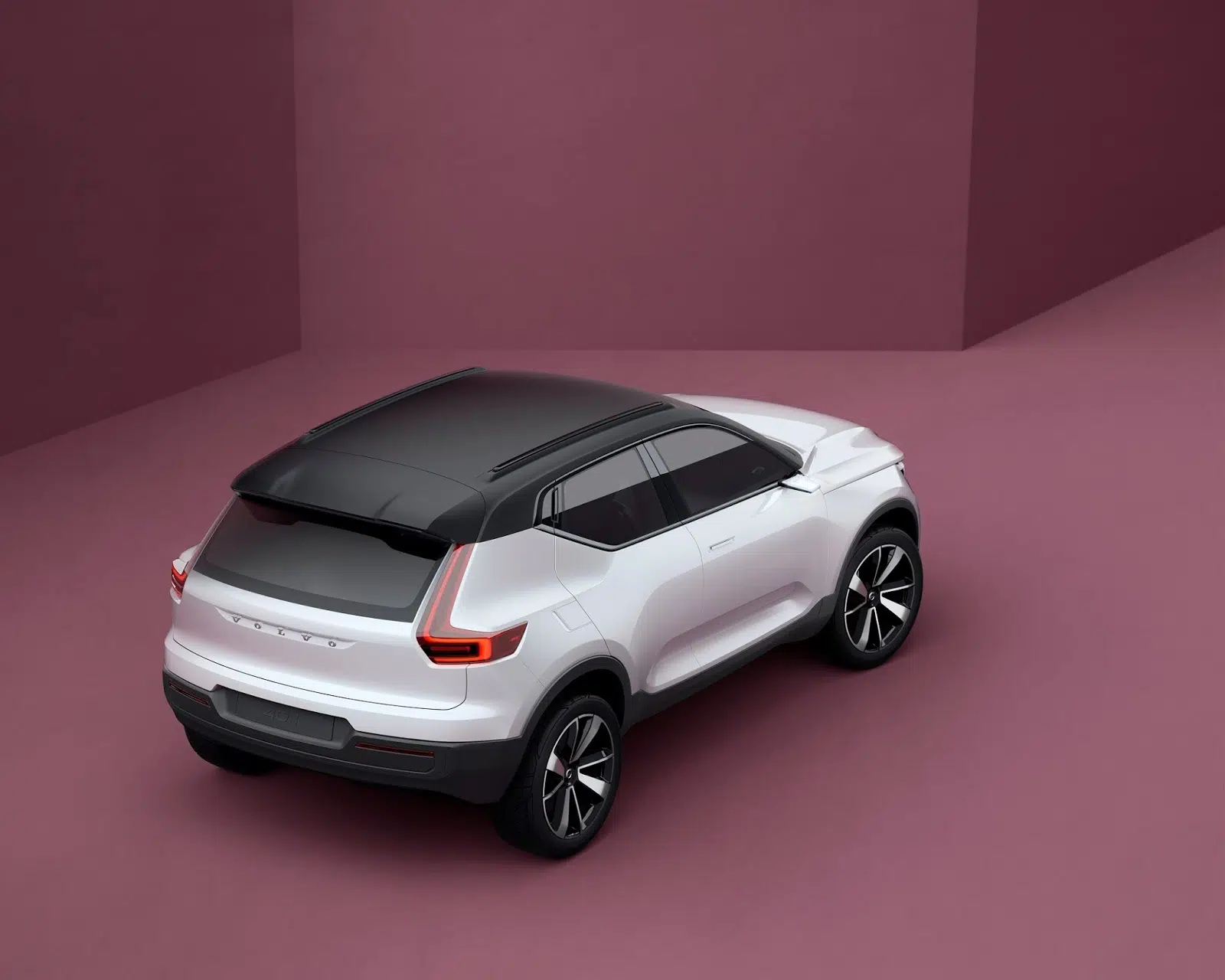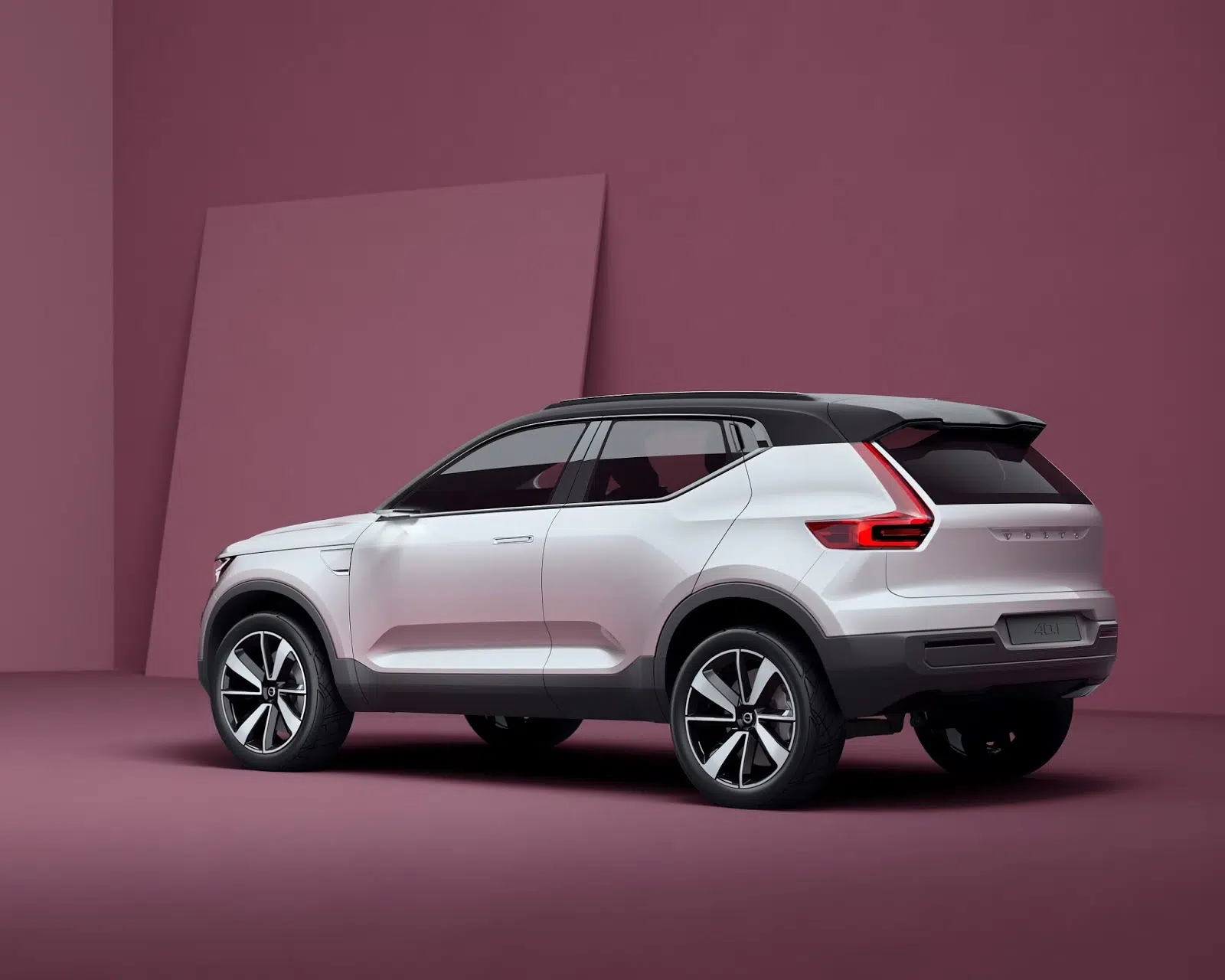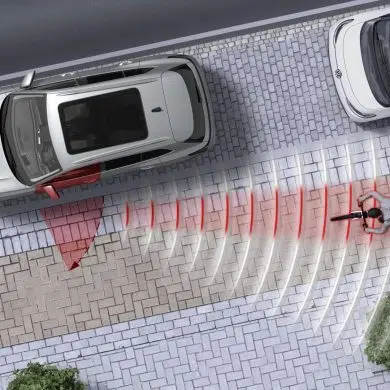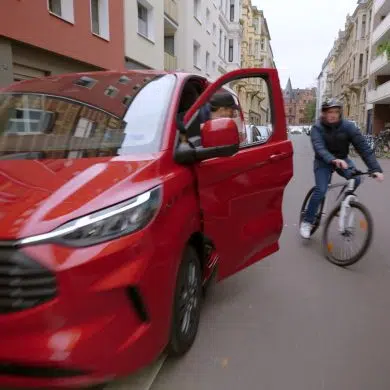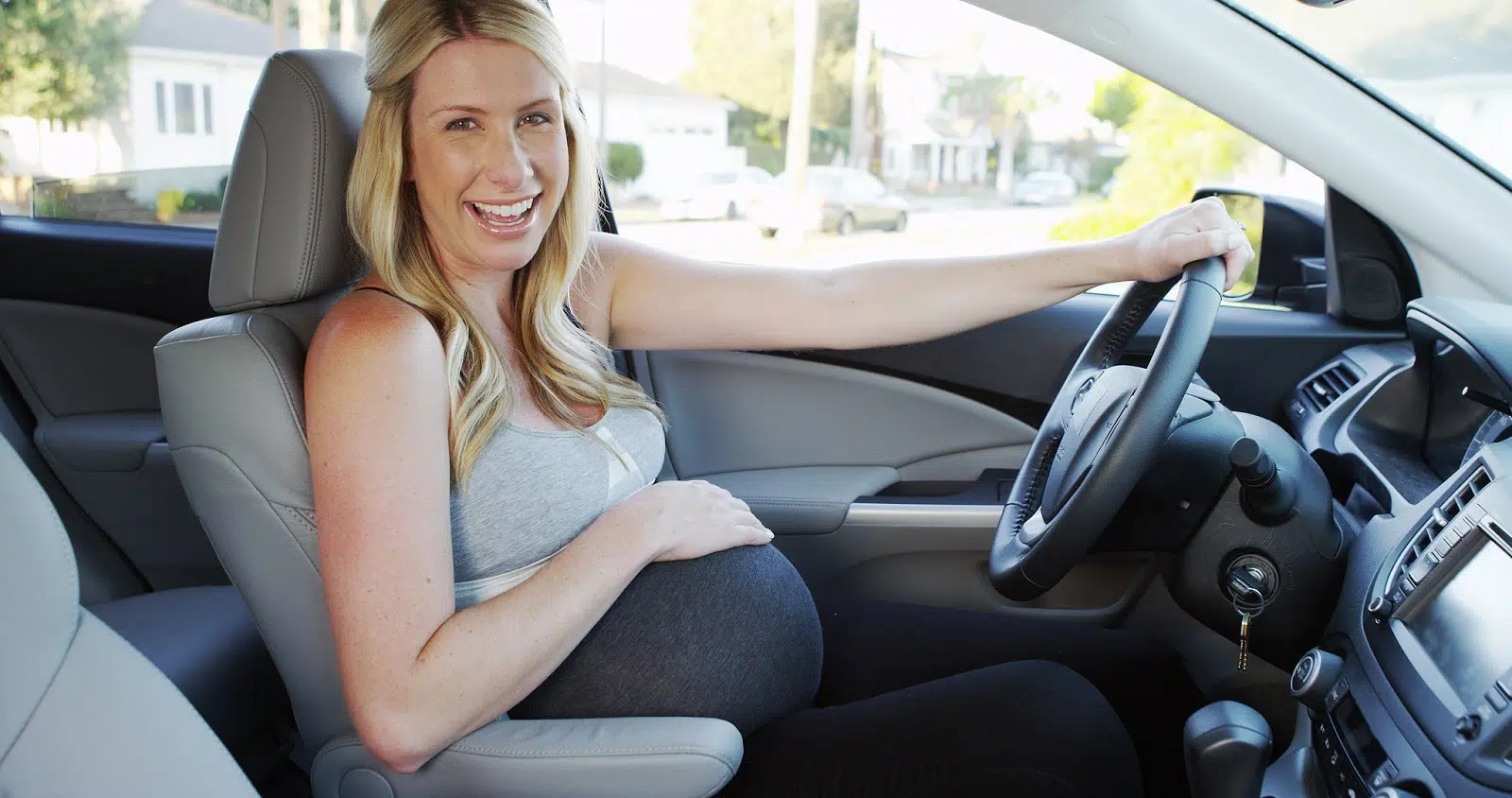Volvo Cars presented two new prototypes at its headquarters in Gothenburg
The two prototypes will form the basis for Volvo's small models - the 40 series.
Based on the CMA, Volvo's future small models feature leading safety, electrification, connectivity and autonomous driving technologies
First model in production in 2017
Volvo today unveiled two new concept cars that give a first glimpse of the future generation of its small models, expressing the Swedes' "small car strategy" and signalling the brand's expansion into new categories.
Today's launch of the 40 Series concept cars shows for the first time in the most distinctive way how Volvo Cars intends to expand into the large and lucrative global premium small car market, with a range of vehicles that combine bold exterior and interior design with electrification, industry-leading automotive connectivity and autonomous driving technologies.
The new prototypes foreshadow the first models based on the new CMA (Compact Modular Architecture), which was created specifically for smaller cars, freeing Volvo's designers and engineers to explore new innovative and bold paths without constraints.
"Each member of our product family has its own unique character, just like the members of a real family. CMA has helped us to bring something special and youthful to our new prototypes. They have an energy, a playful and participatory urban character that makes them stand out among the crowd. It's a foretaste of the small Volvos to come," said Thomas Ingenlath, Senior Vice President of Design at Volvo Cars.
Volvo's small car strategy is an essential factor in the company's ongoing operational and economic transformation, which is underway globally. The Swedish brand is implementing a highly ambitious renewal programme, leading to a redefinition of the brand to compete even more vigorously with its premium competitors globally over the next four years.
Volvo's new global small car range will include an all-electric (battery-powered) vehicle, as well as Twin Engine hybrid plug-in versions, in line with the company's commitment to electrify its entire range. Volvo is targeting total sales of up to one million electric cars worldwide by 2025.
"By adopting a modular approach to both vehicle architecture and engine and transmission development, we have succeeded in overtaking many of our competitors in the premium segment," noted Dr. Peter Mertens, Senior Vice President of Research and Development at Volvo Cars. "Our new battery-powered electric drive system opens another exciting chapter in Volvo's new era."
In addition to their bold exterior design and electrification options, the new models will offer a full range of innovative connectivity services, along with the world's most advanced standard safety features package and revolutionary Scandinavian design both inside and out.
"The new 40-series models have the potential to enable us to improve our penetration in a very important and growing market segment," said Håkan Samuelsson, President and CEO of Volvo Cars. "A new programme of electric drive systems to be used in a new small plug-in hybrid as well as a pure electric car are at the heart of the CMA architecture." He added that the first model in the new 40 series is expected to go into production in 2017.
The announcement of Volvo's new global small car strategy comes just days after Volvo Cars announced its first-quarter results for the first quarter of the year in terms of sales and profitability.
As for the first quarter, the company reported a year-on-year increase in revenue of 24% to SEK 41.7 billion. Operating profit reached SEK 3.1 billion, with an operating margin of 7.5%. Global sales for the first quarter of 2016 increased by 11.9% to 120,591 cars. Volvo's medium-term target is to increase sales to 800,000 cars a year, up from 503,000 in 2015.
The announcement that Volvo will offer a battery electric vehicle based on the CMA architecture follows its commitment to bring an all-electric model based on the larger SPA (Scalable Product Architecture) to production by 2019.
Volvo's new Twin Engine T5 engine, based on the company's new three-cylinder petrol unit and a new seven-speed dual-clutch transmission mated to an electric motor, shows that, when it comes to its smaller cars, the Swedish company is adopting a front-wheel drive system only, adapting its existing Twin Engine - Four-wheel drive approach accordingly.


